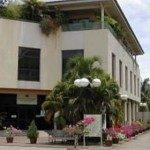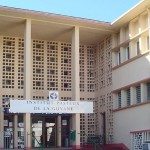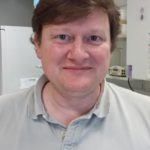Link to Pubmed [PMID] – 22203975
Link to HAL – Click here
Link to DOI – 10.1073/pnas.1119058109
Proc Natl Acad Sci U S A 2012 Jan; 109(2): 511-6
The origin of Plasmodium falciparum in South America is controversial. Some studies suggest a recent introduction during the European colonizations and the transatlantic slave trade. Other evidence–archeological and genetic–suggests a much older origin. We collected and analyzed P. falciparum isolates from different regions of the world, encompassing the distribution range of the parasite, including populations from sub-Saharan Africa, the Middle East, Southeast Asia, and South America. Analyses of microsatellite and SNP polymorphisms show that the populations of P. falciparum in South America are subdivided in two main genetic clusters (northern and southern). Phylogenetic analyses, as well as Approximate Bayesian Computation methods suggest independent introductions of the two clusters from African sources. Our estimates of divergence time between the South American populations and their likely sources favor a likely introduction from Africa during the transatlantic slave trade.




